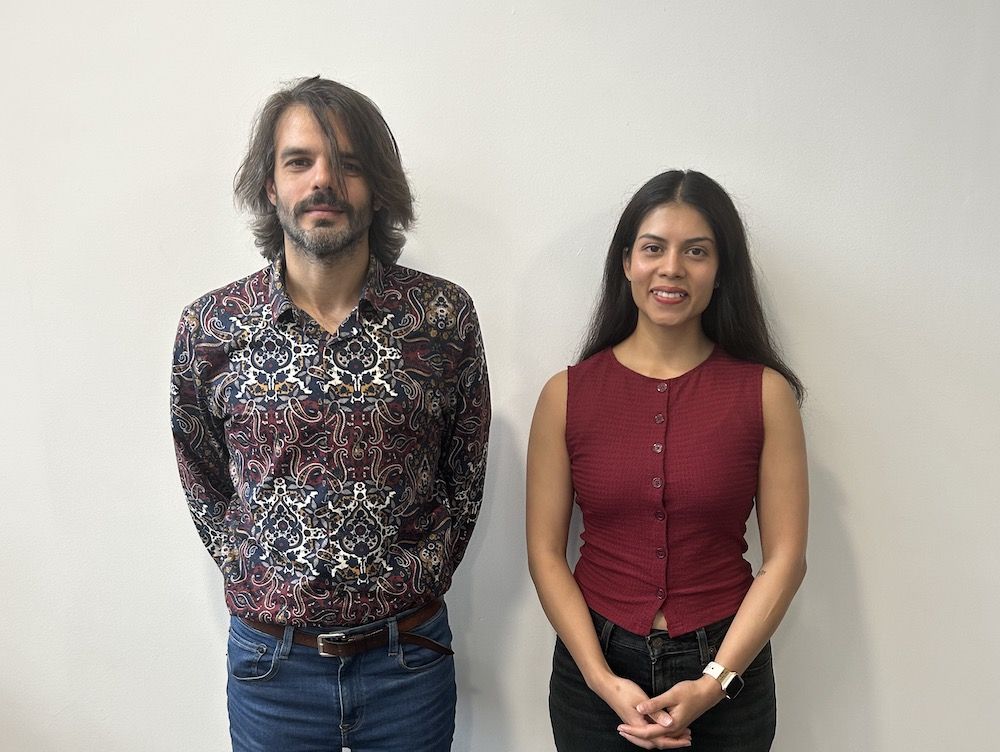Coventry University has undertaken a study into how pedestrians react to automated vehicles, which could help make future roads safer.
Researchers at Coventry University said understanding how pedestrians interact with automated vehicles (AVs) is critical to preventing accidents and saving lives.
With the UK government projecting that AVs could be on the roads as early as 2026, and up to 40% of new cars projected to be self-driving by 2035, the need for research into road safety associated with the vehicles has grown.
A new international study led by Coventry University’s Research Centre for Future Transport and Cities, in collaboration with Deakin University, Australia, revealed how pedestrians make decisions when crossing roads in front of AVs.
The study, involving 281 participants, found that people assess factors like road gradient, weather, vehicle type and distance before crossing.
Pedestrians were more likely to cross when AVs were travelling uphill, in sunny weather, and when smaller vehicles were further away. These insights suggest AVs should adopt more cautious driving styles in riskier scenarios and signal safely earlier through deceleration.
The study also introduced a psychological dimension to AV-pedestrian interaction, exploring how personality traits influence pedestrian behaviour.
Participants were grouped into three behavioural profiles – risk-averse, resolute and indecisive – based on traits like agreeableness, openness and error-proneness. Understanding these profiles will allow AV developers to tailor vehicle algorithms to different pedestrian types, potentially enhancing safety and trust.
The team now plans to take their findings into a virtual reality setting, using eye-tracking and behavioural data to deepen understanding of pedestrian decision-making.
Study lead Sachita Shahi, a postgraduate researcher at Coventry University and Deakin University, said:
“By identifying the conditions that make pedestrians feel safer, we can inform AV design to better support safe and predictable road interactions.
“Next we want to see not just when people cross, but what they look at and what factors they consider most important. This will give us a much deeper insight into how people interact with AVs. The aim of all of this work is to make the roads of the future safer for everyone.”
Dr William Payre, Assistant Professor at the Research Centre for Future Transport and Cities, who contributed to the study and is overseeing Sachita’s research, said:
“Regardless of how advanced AV technology becomes, people still rely on their lived experiences as pedestrians. It’s not just about the technology – it’s about how people interpret risk based on what they know.
“When the road was steep, they were more cautious. It wasn’t about the AV, it was about their own experience. The sensors and the vehicle try to interpret how a pedestrian is behaving to adapt how the vehicle drives. We’re trying to give a human flavour to the data, not just numbers, to help AVs think like humans and understand human behaviour.”
Image courtesy of Coventry University








